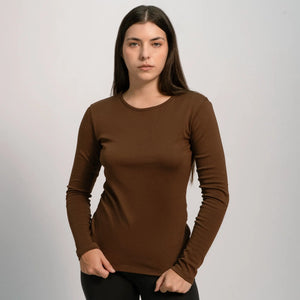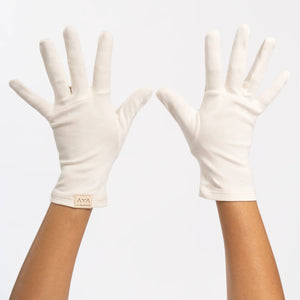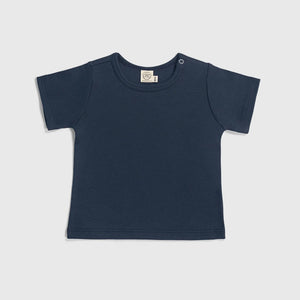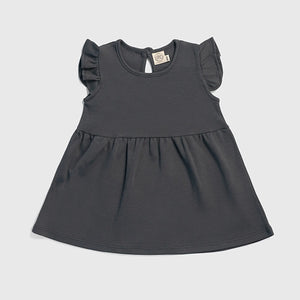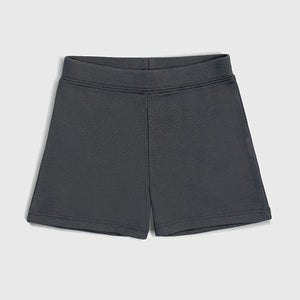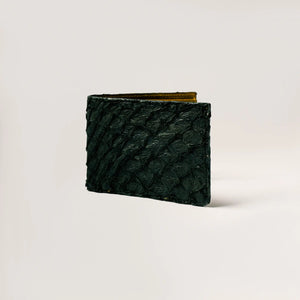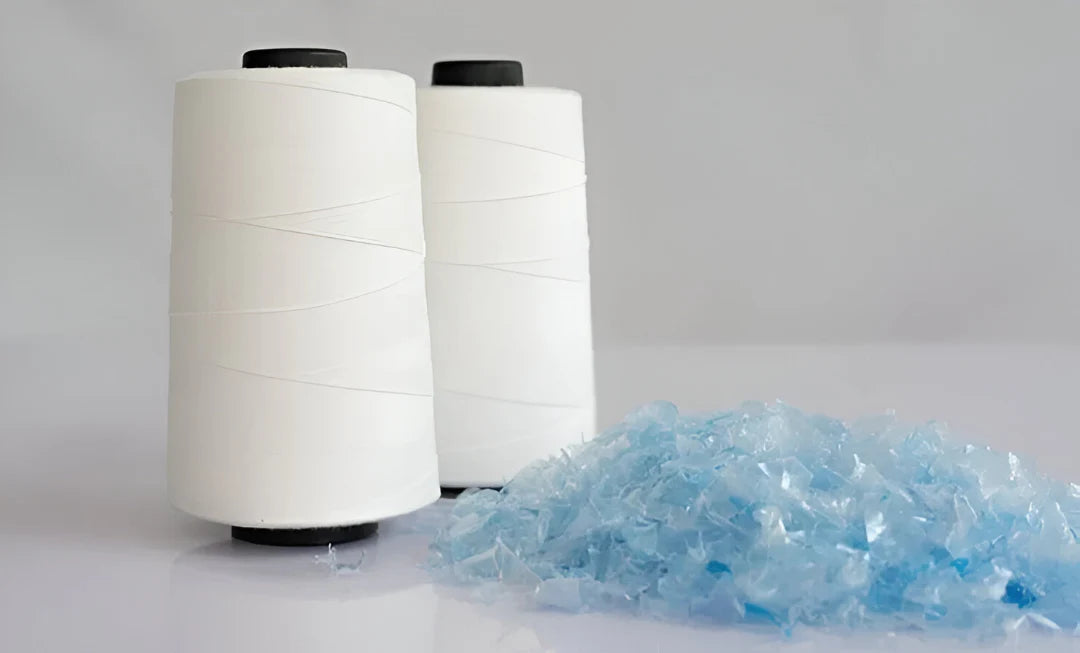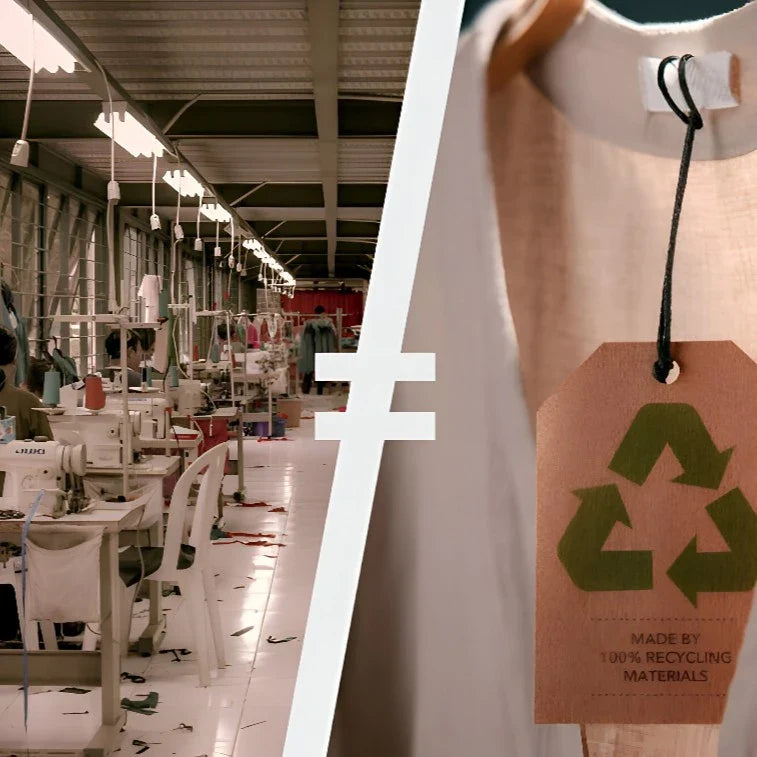What Are “Microplastics” and How Do They Affect Us?

AYA | AUGUST 8,2022
The polluting effects of plastic are already a widespread topic. Because of this, modern society is aware of their significant impact and most recognized brands already include measures around this problem.
By contrast, contamination around "microplastics" is a very little discussed subject. Yes, we are talking about the same material, but in a completely different size. This results in an almost invisible type of pollution and, therefore, a greater capacity to penetrate our ecosystems.
Microplastics
Microplastics are plastic particles smaller than 5 mm (1/5 inch) in size, which can be manufactured or arise from the degradation of much bigger objects. The former are called "primary microplastics", and the latter, "secondary microplastics", which include day to day things such as: plastic bags, bottles, styrofoam, toys, and, of course, synthetic fabrics such as nylon, polyester, and acrylic.
In fact, studies have found that the most significant presence of primary microplastics in water comes from washing synthetic clothing and not from plastic waste. Surprising right? The following image details how this contamination is distributed:
What Are the Effects of Microplastics on the Planet?
As we had already hinted, the effects of microplastic pollution are mainly at the ocean level: Microplastics entering the seas end up altering the integrity of their food chain.
At the bottom of the chain, microplastics of the ocean prevent proper development of aquatic plants and cause plankton to die of starvation, mistaking it for food. This then affects the species that feed on both, and the process continues until reaching the largest. In fact, an abnormal presence of plastic has been found in animal tissue of some species, such as seals, due to consumption of contaminated fish.

Microplastics: ©Oregon State University via Flickr

Microplastic Fibers: Rachel Ricotta/AP, featured in The Guardian article
But wait a minute… Aren’t we, humans, a part of that chain?
Yes, and microplastic presence has been confirmed in our food, mainly fish and shellfish. In fact, "Greenpeace" conducted a study that concluded that 90% of salt brands contain them. Furthermore, the Human Consumption of Microplastics research found that an average American would consume 90,000 microplastics a year just by drinking bottled water regularly.
You can find more figures like these, so there is no doubt that we consume microplastics. However, nothing is clear about the harmful effects microplastics could have on our health.
Much research remains to be done on this. But now, what some of these advances have been found is worrying enough. In this note, you can read about the potential impact of microplastics in human blood.
What About Microplastics in Other Ecosystems?
As you can guess, microplastics are also contaminants for the rest of the ecosystems where conventional plastic penetrates. However, the reality is that very few studies have been done in this regard. The Human Consumption of Microplastics study suggests that soil contamination could be 4 to 23 times higher than that of the seas, notes with concern this lack of research. Same case as the effects on the human body.
It should be clarified that this is not a consequence of minor importance at all. The recent nature of the discovery of microplastics influences, but not so much as the lack of awareness by the media around the subject. This has resulted in unawareness on the part of the public, thus creating a vicious circle of disinformation.
Can We Reduce Microplastic Pollution?
Yes! And for this, we simply must avoid the use of plastic since microplastics are generated from its degradation. However, we may need a focus on a more specific target: the use of synthetic clothing.
As we pointed out, the most significant presence of microplastics in the ocean comes from washing. Consequently, the ideal will be to opt for plastic-free clothing made with natural ingredients, at least to the greatest extent possible.
That is exactly what we do at AYA: 100% plastic-free clothing, as we are committed to creating a healthier world for you and the environment. We invite you to spread the information about microplastics so that together we maintain our planet livable for future generations.
Visit Our Shop →You May Also Like to Read...
The Truth About Recycled Polyester in Fashion
Discover the hidden costs of recycled polyester. Learn why rPET isn't as sustainable as it seems and what real circular alternatives look like.
Synthetic Fabrics vs. Organic Cotton: Impact on Skin Health
Discover how polyester and other synthetic fabrics can irritate your skin and why organic cotton, especially Pima cotton, is a healthier and safer choice for sensitive skin.
What Peru Whispers: Organic Pima Cotton Grown with Tradition and Care
In the quiet corners of Peru, organic pima cotton is grown with respect for the land. A luxurious, timeless textile waiting to be discovered.
Why Sustainable Fashion Shouldn’t Be Fast Fashion
Recycled materials and green labels won’t fix fast fashion. Discover why real sustainability means slowing down.


